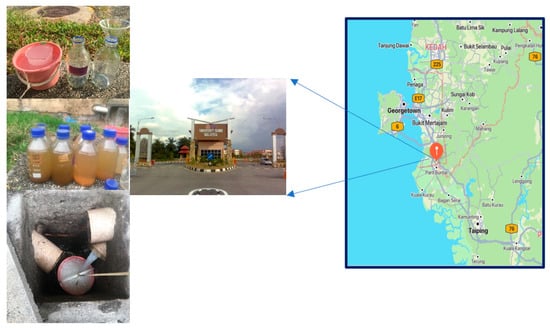Recent Advances in Environmental Separations Analysis
A topical collection in Separations (ISSN 2297-8739). This collection belongs to the section "Environmental Separations".
Viewed by 2362Editor
Interests: waste management; wastewater treatment; water quality engineering; water treatment; anammox
Special Issues, Collections and Topics in MDPI journals
Topical Collection Information
Dear Colleagues,
Nowadays, environmental issues are facing several serious challenges, including all kinds of emissions and pollution threatening the environment and human health. Environmental analysis includes all analytical aspects of studies related to environmental problems and their management. Treatment of soil, water and air pollution, and recovery of metals and resources from soil, water and solid wastes can have a great contribution to the environmental analysis section. Apart from that, the development of new analytical methods or improvement of current techniques for the monitoring of contaminants is of paramount importance for this section. Your valuable unpublished research and review papers can find a worldwide audience among readers of Separations.
Dr. Amin Mojiri
Collection Editor
Manuscript Submission Information
Manuscripts should be submitted online at www.mdpi.com by registering and logging in to this website. Once you are registered, click here to go to the submission form. Manuscripts can be submitted until the deadline. All submissions that pass pre-check are peer-reviewed. Accepted papers will be published continuously in the journal (as soon as accepted) and will be listed together on the collection website. Research articles, review articles as well as short communications are invited. For planned papers, a title and short abstract (about 100 words) can be sent to the Editorial Office for announcement on this website.
Submitted manuscripts should not have been published previously, nor be under consideration for publication elsewhere (except conference proceedings papers). All manuscripts are thoroughly refereed through a single-blind peer-review process. A guide for authors and other relevant information for submission of manuscripts is available on the Instructions for Authors page. Separations is an international peer-reviewed open access monthly journal published by MDPI.
Please visit the Instructions for Authors page before submitting a manuscript. The Article Processing Charge (APC) for publication in this open access journal is 2600 CHF (Swiss Francs). Submitted papers should be well formatted and use good English. Authors may use MDPI's English editing service prior to publication or during author revisions.
Keywords
- method development for analysis of environmental aspects
- validation of methods
- treatment of water, soil, air, and solid wastes
- removal and monitoring of emerging contaminants
- degradation/transformation products






